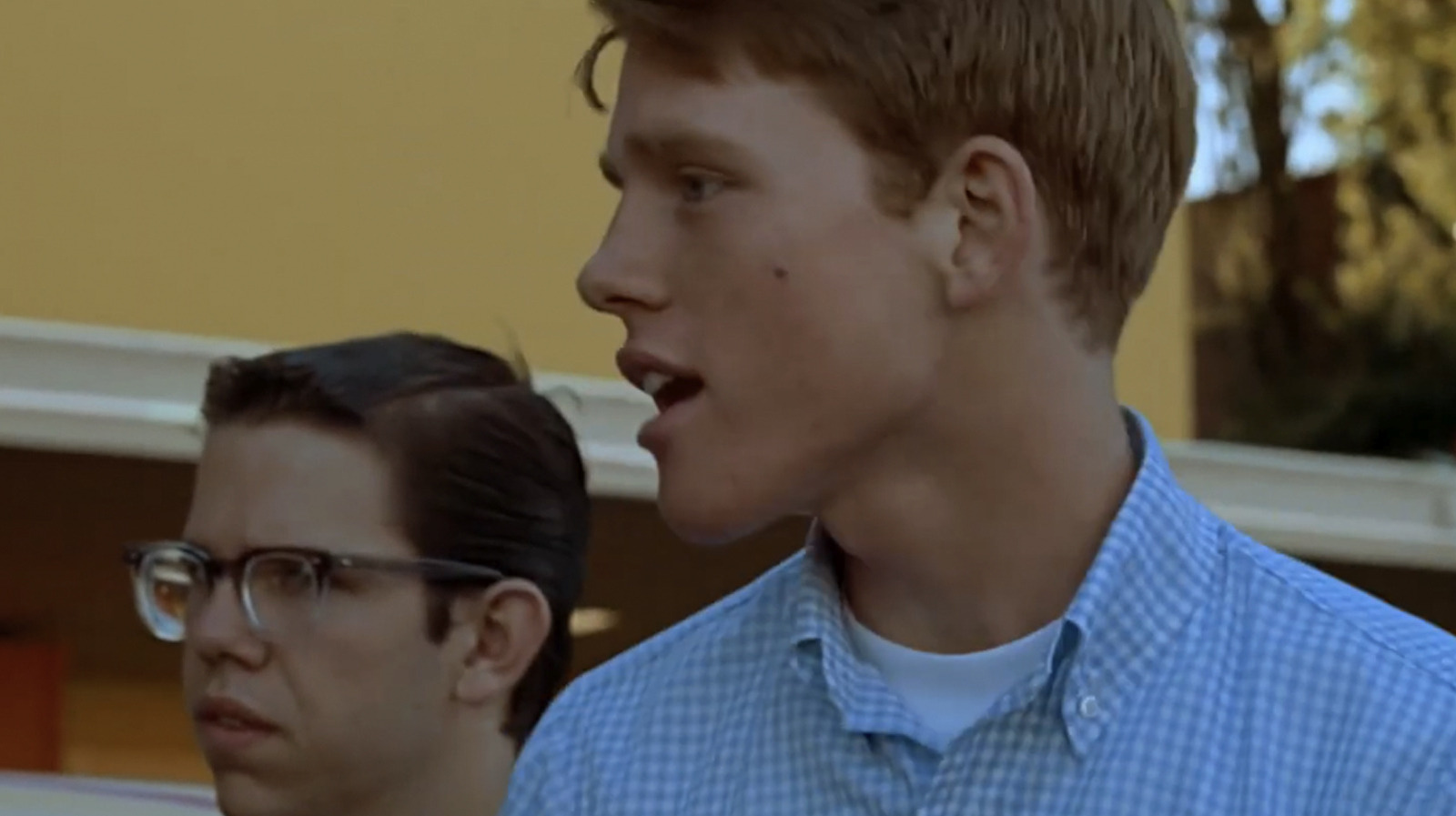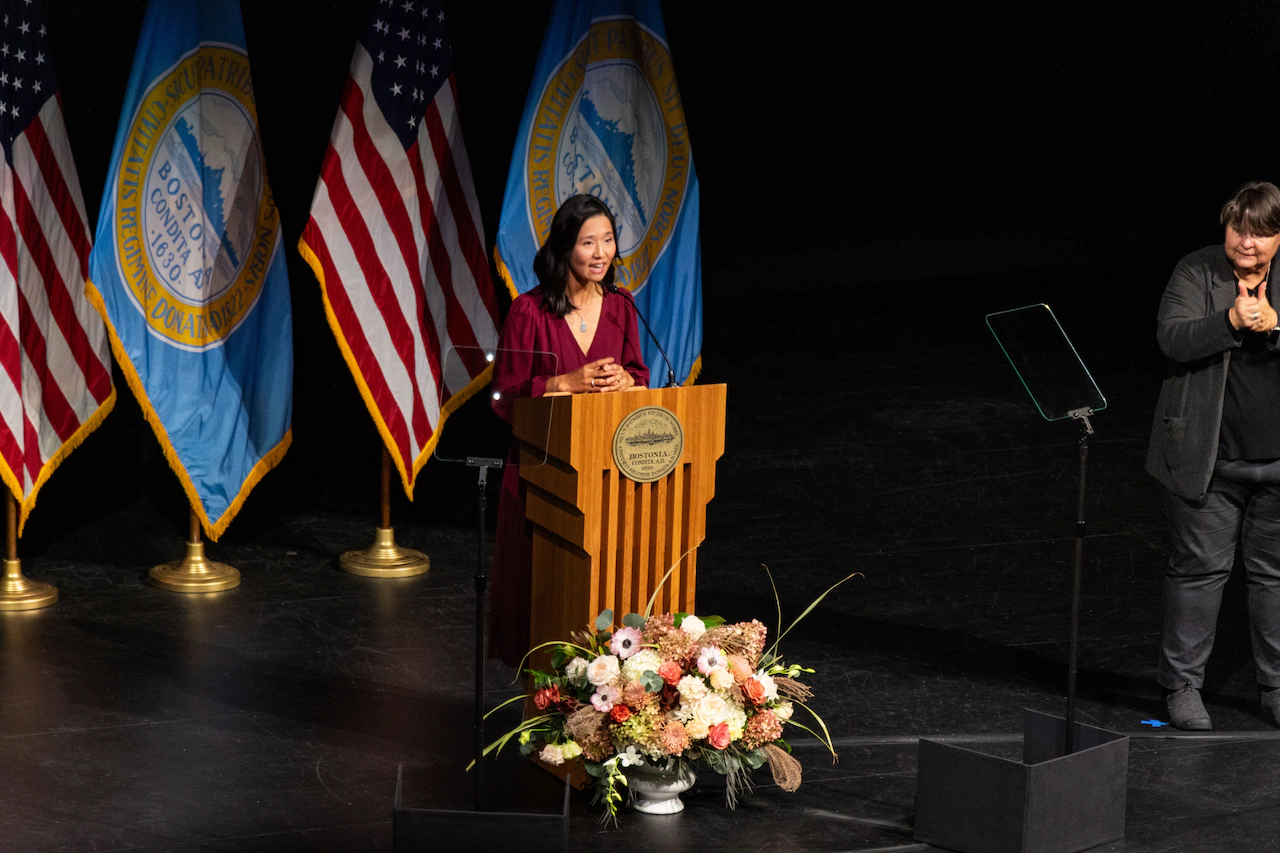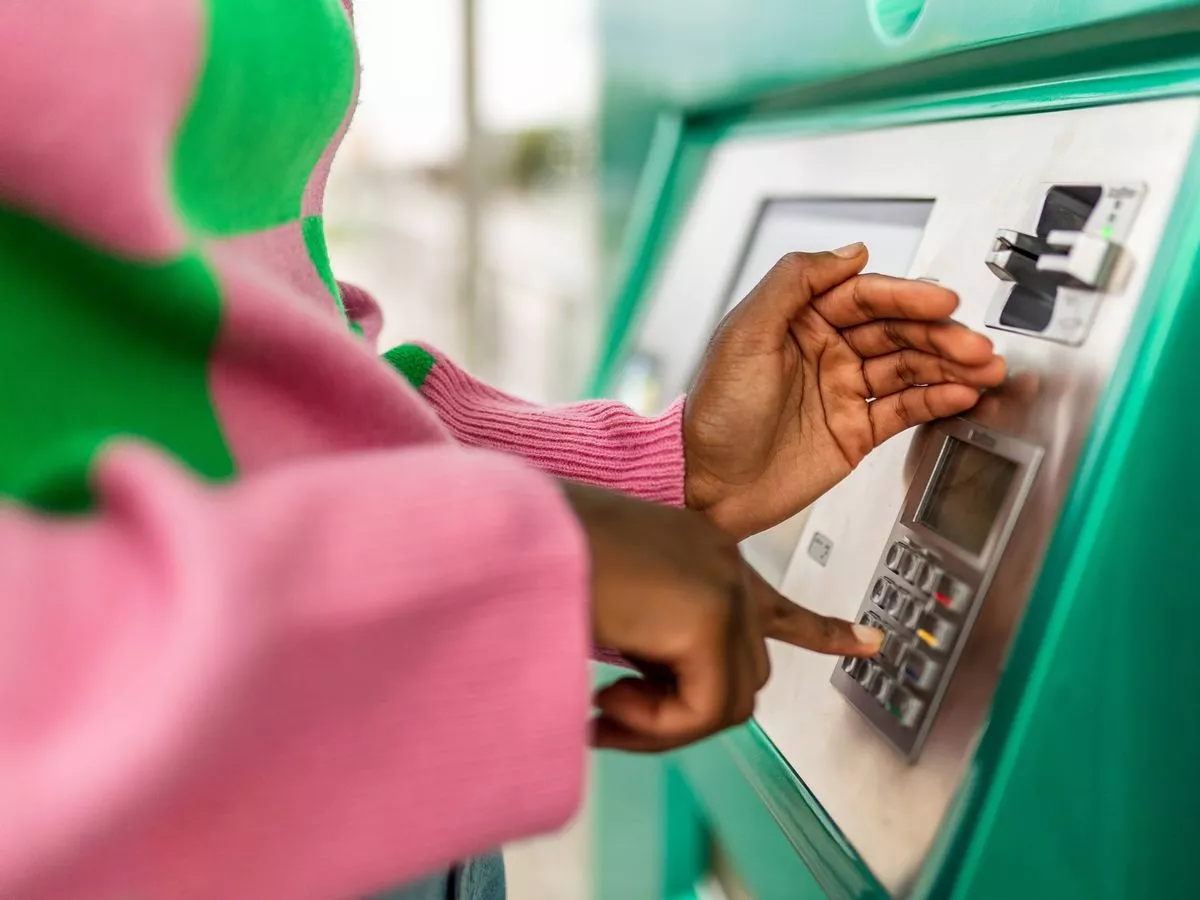Copyright /FILM

George Lucas' pre-"Star Wars" masterpiece "American Graffiti" was nothing like the sci-fi space opera that eventually made him a household name, but they did share the fact that pretty much everybody thought they would fail, especially following the commercial disappointment that was his first feature, "THX 1138." But it wasn't as if the premise of "American Graffiti" screamed mega-hit, either. The film followed a group of kids who spend an evening cruising around town before two depart for college. Thankfully, Lucas' film not only benefitted from word of mouth and a stellar critical response, it spoke to a burgeoning nostalgia among boomers for the 1950s culture of their youth — the same nostalgia that made "Happy Days" a huge hit soon after. This all combined to make "American Graffiti" the success nobody expected. After Lucas finished his initial treatment, he and producing partner Gary Kurtz pitched "American Graffiti" to several studios, but were turned away. In an IGN interview, Kurtz recalled how the pair had a script development deal for two features with United Artists, but the studio "didn't like the script" for "American Graffiti" and reneged on the deal. After that, the duo went to Universal, who liked the idea. But even then, they needed a Hollywood heavyweight to convince the execs. Francis Ford Coppola, newly invigorated by the success of "The Godfather," agreed to be listed as a producer on the movie, and essentially saved "American Graffiti" from TV mediocrity in the process. Prior to his involvement, Universal handed Lucas a modest $600,000 budget, but added an extra $175,000 to the total once Coppola came onboard. Even after the film was finished, however, Universal thought it would fail and seriously considered sending it straight to TV before Coppola convinced them to reconsider. Still, the studio had major concerns. Upon its 1973 debut, "American Graffiti" became a low budget movie that made an absolute killing at the box office. With a budget of less than $1 million, the film eventually brought in more than $140 million worldwide. Part of that was down to the way it appealed to 1950s nostalgia with hot rods, drive-ins, and rock n' roll. Star Ron Howard was yet to debut as quintessential '50s youth Richie Cunningham, but he had shot the prototype for "Happy Days" as part of a now-forgotten sitcom. It was partly his appearance in this early form of the show that convinced George Lucas to cast him as Steve Bolander in "American Graffiti," which in turn convinced ABC executives to give "Happy Days" a shot. As such, not only was Lucas' early '70s tone poem a commercial success, it was significantly influential. That's to say nothing of the five Academy Awards nominations it received. Prior to its release, however, nobody thought the movie would do anything. In his IGN interview, producer Gary Kurtz recalled the widespread trepidation ahead of the film's release. "The studio didn't know what to do with it," he said. "They had an exhibitor screening, and the exhibitors all liked it, but the marketing people said, 'How are we going to sell this film? It doesn't have anybody in it.'" According to Kurtz, fellow producer Ned Tanen had the answer. The plan was to show the film in a single cinema in New York and another in Los Angeles and "hope that the critical response was good enough so that they could help sell the rest of the exhibitors around the rest of the country." When the film did debut, the critical response was more than good enough. When "American Graffiti" was eventually allowed to hit theaters, it was met with enthusiasm by both audiences and critics (to this day, the movie that inspired "Happy Days" has a 95% Rotten Tomatoes score). As Gary Kurtz recalled, "I was in New York on the night it opened. I went to the opening screening and listened to the audience [...] and I said, 'Well, reaction wasn't bad. It's pretty good. It's pretty good." Soon after, the reviews came in. As Kurtz remembered it, "The reviews were generally very, very favorable, and we were very pleased, and it made a huge difference to [Universal's] confidence about how to handle the picture." George Lucas' coming-of-age tale was met with almost unanimous acclaim, prompting major changes to how the film was exhibited. As Kurtz went on to explain, Universal had already pre-sold the movie in certain territories, positioning "American Graffiti" as the "second half of a double bill." Those deals were quickly nullified. Kurtz continued, "To [studio head] Lew Wasserman's credit, when the film opened in New York and Los Angeles and the critical responses were very good, he forced the sales department to cancel all those bookings and they rethought the whole thing, and it was released on a much more word of mouth kind of basis." Such an approach proved successful, with Kurtz noting how the film did better business in its tenth and fifteenth week than in the first two or three weeks. Once it received its Oscar nominations, there was no doubt Universal and Lucas had more than just a hit on their hands. And as Kurtz put it, all of this was "totally out of the blue."



